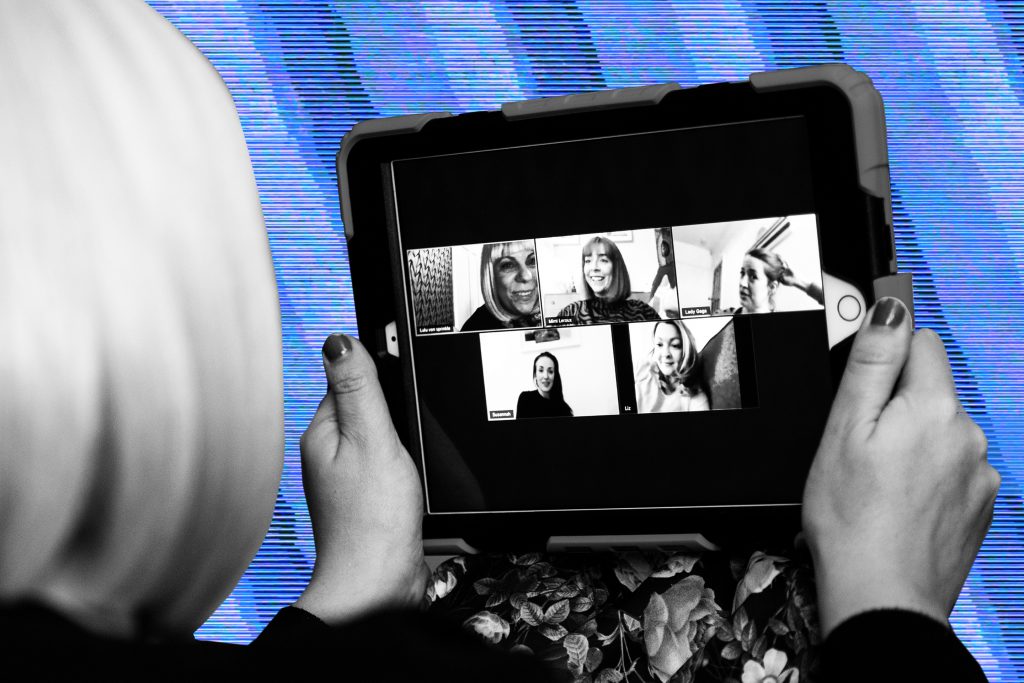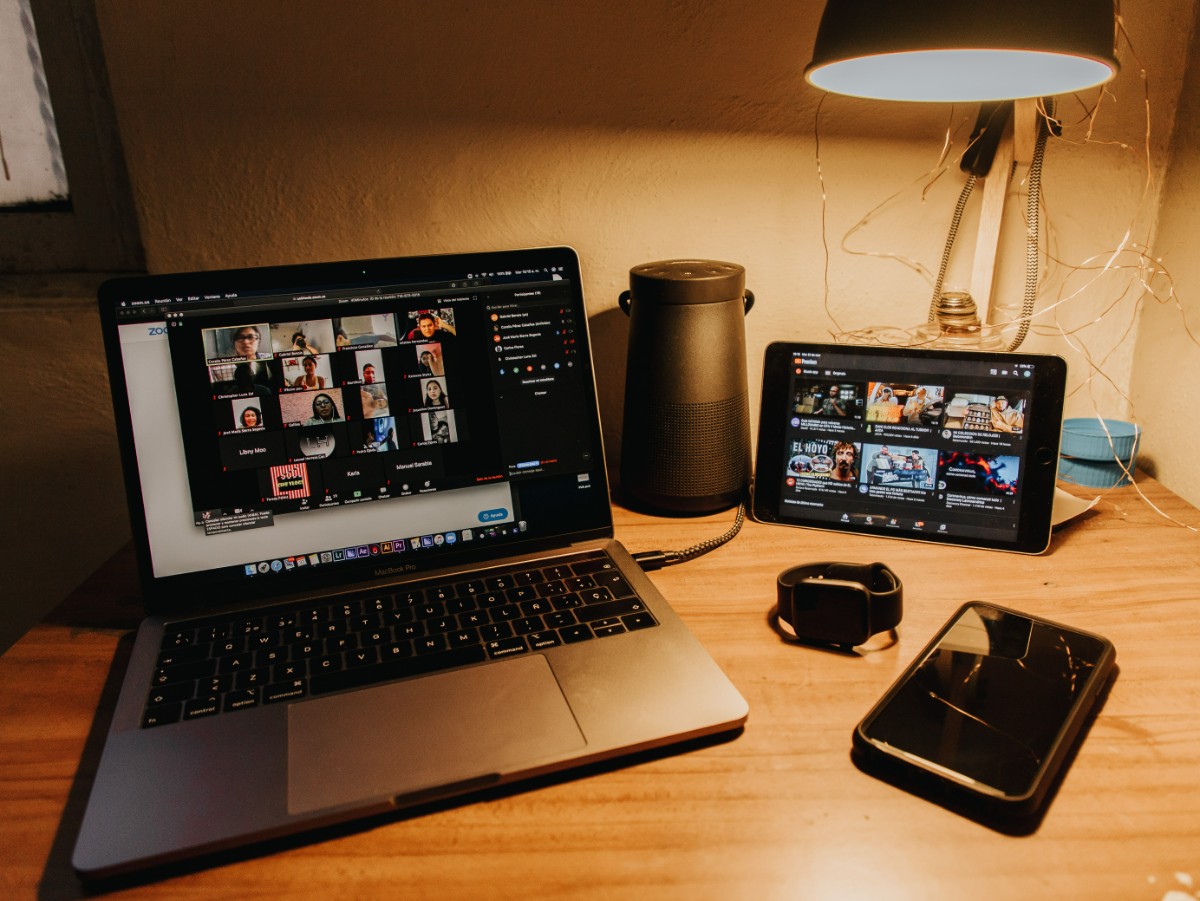
The minute the nation turned to digital portals as our primary mode of having classes, holding meetings, and connecting with people, we steered clear of one threat but went head-first into another.
This threat is twice as terrifying too, because not only do we not see them coming, but we also cannot guard unsuspecting children attending online classes from their rude revelations.
We are referring to “Zoom bombers.” This is the act of entering or hacking into a private Zoom meeting uninvited and then committing obscenities such as sharing links or images from pornographic sites, exposing themselves in front of the camera, or shouting disruptive or even racial slurs to the entire group.
This warning has been due for a few months now, as Zoom bombers were already gate-crashing Go Negosyo’s webinars as early as April.
They also went for Center for Women’s Resources and Gabriela Party-List’s online orientation:
With the nationwide opening of schools last month, Zoom bombers have since changed targets from public government webinars to online classes which are decidedly more vulnerable. Last week, Manila Bulletin Lifestyle first reported about an online class filled with grade five students getting “Zoom-bombed” by a bunch of males who drew malicious photos on screen and showed their private parts on camera.


(screenshots from Instagram)
Driven by students’ apprehension towards the difficulties of distance learning, Zoom-bombers appear to have turned their foul activity into somewhat of a service, as seen below.
Moreover, since access links to Zoom meetings can be used by anyone and from anywhere, participants can just share it with a Zoom-bomber from across the world to disrupt their online class and force a delay or stoppage.
For the teachers: keeping Zoom-bombers at bay
At the onset, the teacher and administrator of the Zoom meeting can just kick these Zoom-bombers out of the meeting so things can proceed. But this doesn’t keep them from disrupting the class, which right now is already difficult to conduct as they are. So how can teachers keep them out for good?
First of all, they should ensure that everyone has the most updated version of Zoom. When asking students to create their accounts, teachers can instruct them to use a unique ID instead of setting up a Personal Meeting ID (PMI), so that they’ll have to key in a password on top of the invite-only access link every time class is in session.
Teachers can also create a waiting room, so they can filter who’s let into the class. Lastly, they should lock a session once it begins — this helps keep latecomers out too! — and toggle the screen-sharing option to allow only the host to broadcast their screen or access their camera.
The solution isn’t fail-safe, but Zoom’s most updated features are the best we got at the moment.
For the parents: keeping your kids feel secure
However, since different schools may use different platforms, not one set of precautions can be effective. Thus, the parents have a role in this as well, by showing how their kids should react to these instances.
Try being attentive, if not wholly present, while your kid is taking their online class. It also helps to take one more step and be acquainted not only with the video-conferencing platform but with the teacher’s practices as well.
They should also remind their kids that meetings can be recorded. This helps them avoid saying or doing anything on video that they wouldn’t feel comfortable having shared beyond the group.
As helpless as these Zoom-bombers may make us feel, these instances are everyone’s due reminder that cyber-security is a responsibility that we all partake in.






















